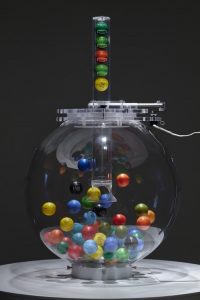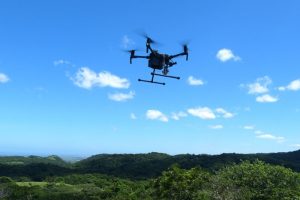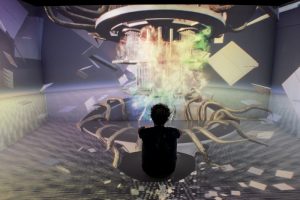A team of European scientists are studying locusts to develop a crash-avoidance technology that would prevent hundreds of thousands of car wrecks.
The insects migrate in swarms as dense as 80 million adults per square kilometer yet avoid crashing into each other and the mouths of predatory birds.
![5fly1B[1].jpg](http://www.we-make-money-not-art.com/xxx/5fly1B%5B1%5D.jpg)
A large neuron, called the “locust giant movement detector” and located behind their eyes, releases bursts of energy whenever a locust is on a collision course with another locust or a predatory bird.
These spikes of energy prompt the insect to take evasive action. The entire process from motion detection to reaction takes about 45 milliseconds.
And because the insects only detect things that are on a collision course with them, they are ignorant of all other movements. It’s a particularly useful trait, as the locusts travel in dense swarms akin to rush hour traffic.
The adaptation of the locust collision-avoidance system to the automotive environment is based on a single, integrated step that combines visual optics and electronics.
To date, the team has built a locust-inspired, collision-avoiding robot and is currently developing crash-avoidance circuitry for a model car. In a few years Volvo may have a prototype. By the end of the decade cars equipped with the locust-inspired technology could be on the showroom floor.
The system would detect approaching danger and sound an alarm so that the driver could take evasive action. “If the situation gets worse, it would apply the brakes, initiate defensive features, such as tensioning of the seatbelts, and arming inside airbags,” said team member Claire Rind.
In the future the system may also deploy external airbags on the front bumpers to protect pedestrians.
From Futurismic National Geographic.







